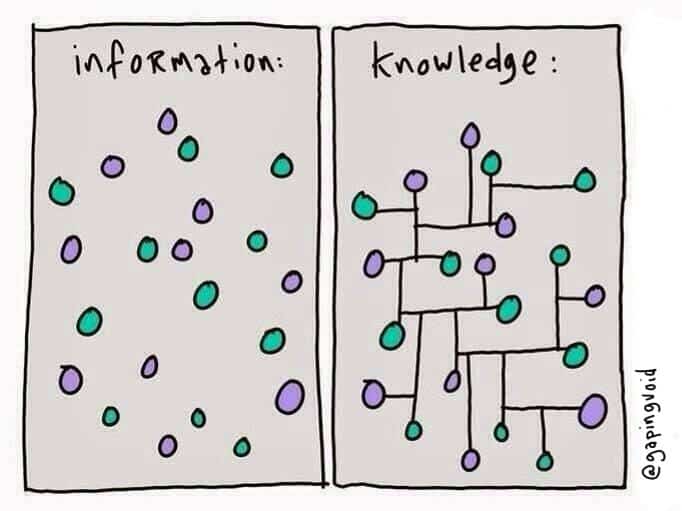The philosophers have only interpreted the world, in various ways; the point is to change it.
—Karl Marx, Theses on Feuerbach[1]
Material concerns and the general ideological project of the Soviet Union made libraries central to adult education in the post-Revolutionary Soviet society. Leading up to the revolution, libraries were rather scarce and sparsely stocked across Russia; in 1913, only 7 books per 100 Russian people were available in public libraries.[2] Due to Czarist control, the few books that were available were curated to not educate library users in anything deemed offensive or troubling to the Czarist power.[3] The Marxist texts that inspired the revolutionaries were circulated by underground libraries, both secretly housing the books and hosting reading groups to work through dense theory and history. It was in one of these reading groups that underground librarian and educator Nadezdha Konstantinova Krupskaya met her eventual husband, Vladimir Ilyich Ulyanov, more commonly known as Vladimir Lenin.

1920’s Soviet library poster, saying “What interests you the most? The library has many books on the questions that interest you.” From: https://www.reddit.com/r/PropagandaPosters/comments/4luzfq/what_interests_you_the_most_the_library_has_many/
After the October Revolution and Lenin’s rise to Chairman of the eventual Soviet Union, the vanguard party was keen to promote the political consciousness of the working class. Tenets of Marxist-Leninist dual power required that despite the state being a socialist vanguard state, the revolutionary actions of the working class were critical to maintaining a robust socialist society.[4] Given the rampant illiteracy in Russia at the time – where in 1917 nearly 70% of people between 9-49 were illiterate[5] – and the role of underground libraries in promoting revolutionary self-education, the library became the central hub of Communist adult education. Krupskaya was named the head of the Adult Education Division of the Commissariat of Education, where she began building libraries across Russia and acquiring books to meet the situated needs of workers in the developing Communist state.
Aside from libraries lacking resources in their collections, they additionally lacked a consistent classification scheme that would ease adult self-education. Russian libraries were using a quixotic mix of UDC, DDC, and local classifications schemes, with each library differing from the next in the particular proportions of each scheme.[6] A classification scheme needed to be developed that was uniquely socialist, rejecting bourgeois logics while giving ample room to growing and contextualizing the work of Marx, Lenin, and other historical and dialectical materialists that served as the ideological backbone of the country. Perhaps most poignantly, the Committee in Charge of Cultural Institutions noted that the library catalogue “should be, in the hands of librarians, a keen ideological weapon,”[7] embodying ideological project of the Communist state.
Least we scoff, thinking this as mere propaganda, critical cataloging discourse makes clear that any knowledge organization system is reflective of and rife with ideology; in the case of the Soviet Classification system, these ideological aims are forthrightly stated. L.N. Tropovsky edited the UDC in 1934, codifying the first version of the Soviet Classification scheme for libraries and a DDC-based bibliographic scheme. Tropovsky continued to revise the scheme until 1946, expanding the classification scheme to from DDC’s 10 to include 31 different classes.[8] Each class began with subheadings for Marxist-Leninist perspectives on each class, followed by political and party literature following.[9] In 1936, the scheme included the following classes:
| 1936 Soviet Classification | Dewey Decimal System |
| 1. Marxism-Leninism | 000 Computer Science, Information, General Works |
| 2. Dialectical and Historical Materialism, Philosophy | 100 Philosophy and Psychology |
| 3. Comintern, All-Union communist Party (Bolsheviks) | 200 Religion |
| 4. Politics, Soviet Construction, Law | 300 Social Sciences |
| 5. Defence, Military Science | 400 Language |
| 6. Economics | 500 Science |
| 7. Labour | 600 Technology |
| 8. History | 700 Arts and Recreation |
| 9. Geography, Ethnography | 800 Literature |
| 10. Mathematics, Natural Sciences | 900 History and Geography |
| 11. Medicine | |
| 12. Technology. Transportation | |
| 13. Agriculture, Veterinary Medicine | |
| 14. Philology | |
| 15. Belles-lettres | |
| 16. Arts | |
| 17. Antireligious Literature | |
| 18. Cultural Construction, Education | |
| 18. Cultural Construction, Education | |
| 19. Juvenile literature | |
| 20. Bibliography. Reference Works[10] |
Most of my research for this blog post came from Chloë Edward’s article “Responsibility and Bias in Soviet Classification.” Describing the Soviet classification scheme supported her argument that the scheme followed some critical cataloging calls from Feinberg and Mai, arguing that the ideology of the Soviet classification schemes is acknowledged, and cognitive authorities were able to shape the classification scheme. Edward’s concludes that the lack of free inquiry in the system, the lack of ability for dissent, makes the classification scheme irresponsible, which is one of the incremental goals of critical cataloging. While I agree that dissent is a strategy guiding critical cataloging practices, Edward’s did not concede that “free inquiry” is equally situational, shaped by systemic inequity. Acknowledgement of bias and ideology is clearly not enough for a more equitable classification scheme- only eschewing former ideas of neutrality in classification – but instead creating a robust conversation around schemes using varied methods, like folksonomies, local classification schemes, and lobbying for changes to existing schemes.
[1] Marx, Karl. 1865. Theses on Feuerbach. https://marxists.catbull.com/archive/marx/works/1845/theses/theses.htm
[2] Edwards, Chloë. (2011). “Responsibility and Bias in Soviet Classification.” In Smiraglia, Richard P., ed. Proceedings from North American Symposium on Knowledge Organization, Vol. 3. Toronto, Canada, pp. 13-21.
[3] Ibid.
[4] This is a rudimentary summary of Lenin’s State and Revolution based on the authors understanding of the book.
[5] Edwards, 15.
[6] Ibid.
[7] Edwards, 16.
[8] Edwards, 18.
[9] Ibid.
[10] Hansson, Joacim. (30 March 2011). “’Back in the USSR’- Classification and Cataloging in Soviet Libraries. Notes on Documentation and Librarianship. http://documentationandlibrarianship.blogspot.com/2011/03/back-in-ussr-classification-and.html
–Sydni Meyer INFO 653-01
